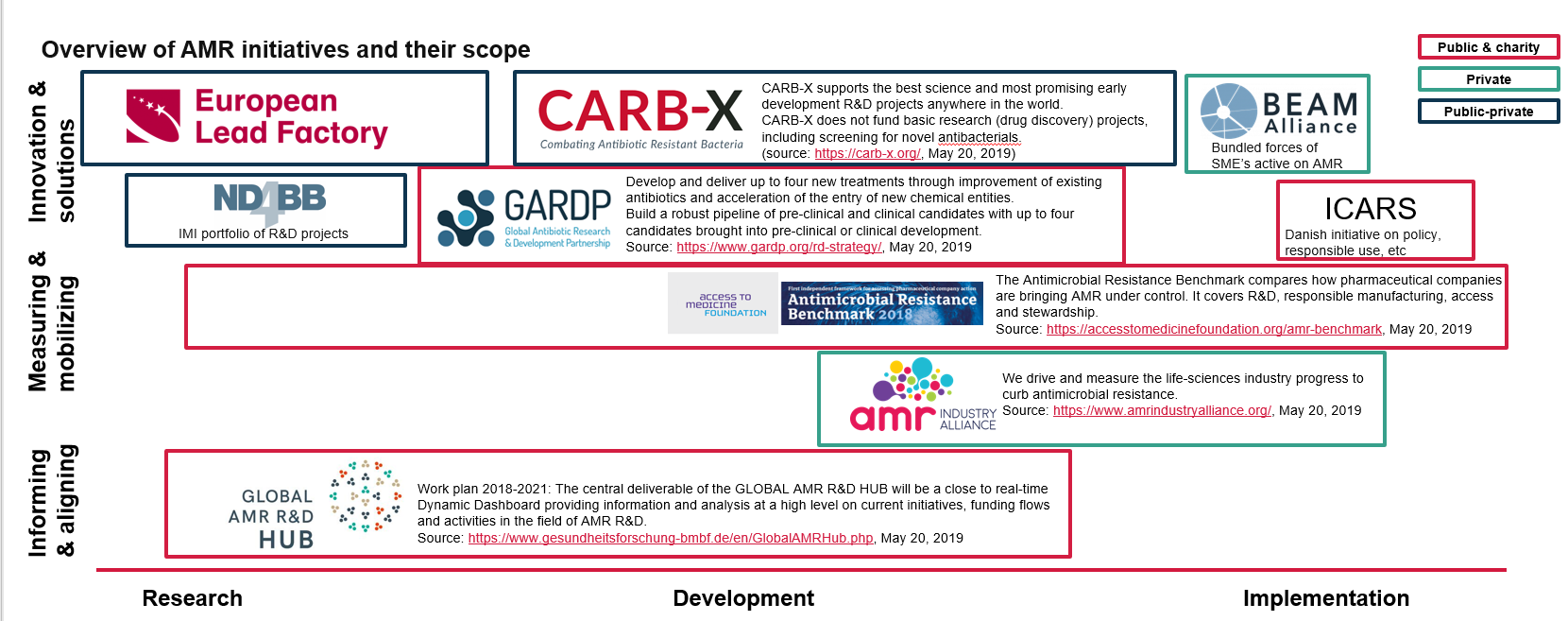 Are the antimicrobials used in animals identical to those used in treating infections for humans?
Are the antimicrobials used in animals identical to those used in treating infections for humans?
Numerous microbes (i.e., bacteria, viruses, fungi, parasites) affect both humans and animals and therefore require similar treatment. As such, some of the antimicrobials are indeed identical. One example can be found in Listeria contamination; Listeria is associated with clinical diseases in ruminant (e.g encephalitis abortion, septicaemia) and can be transmitted to humans through animal products such as meat. In order to treat the bacteria in both humans and animals, the most effective antibiotic is ampicillin which can be used alone or in combination with other antibiotics (Temple and Nahata, 2000).
Sources: WHO


 Report
Report

